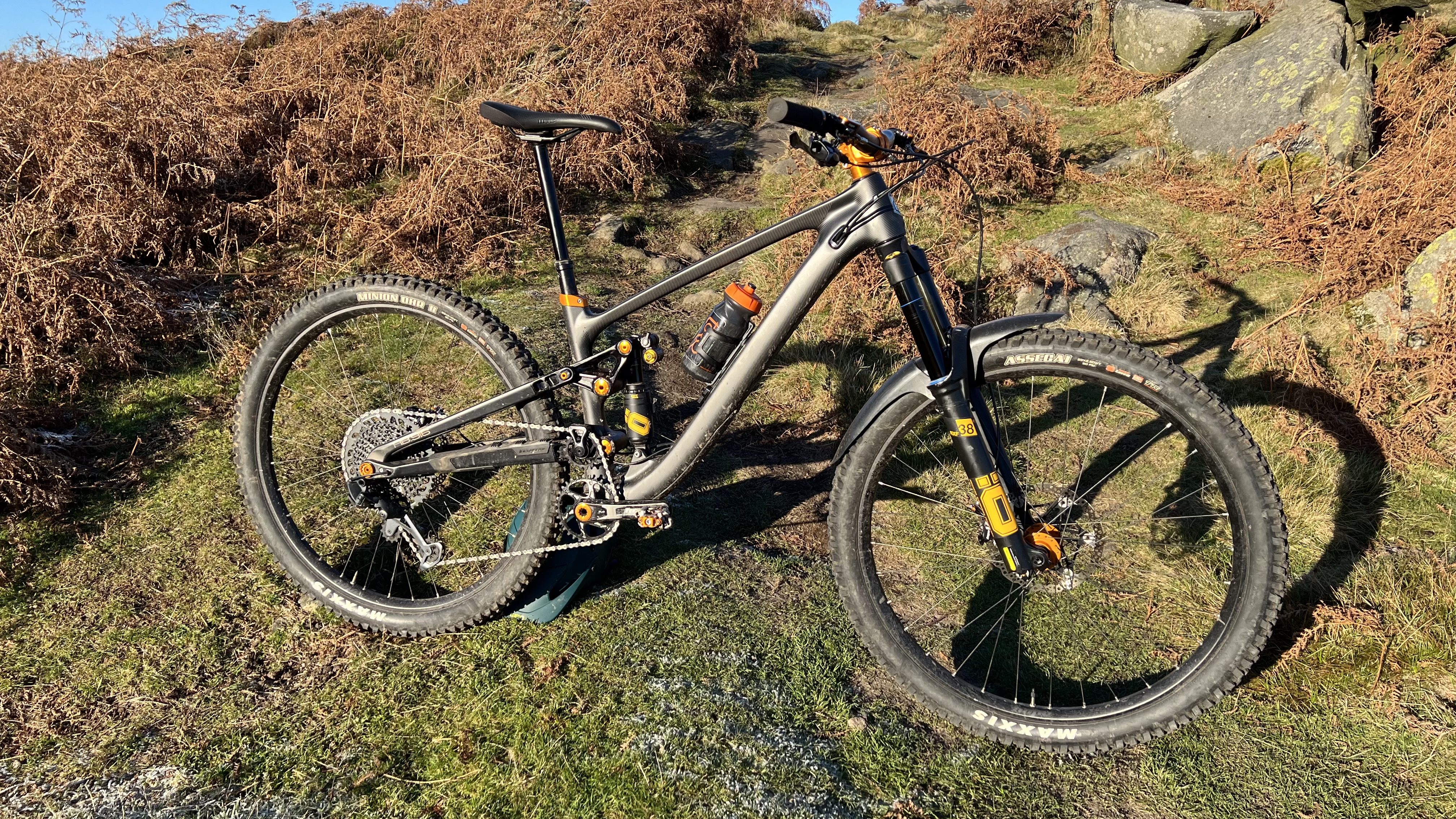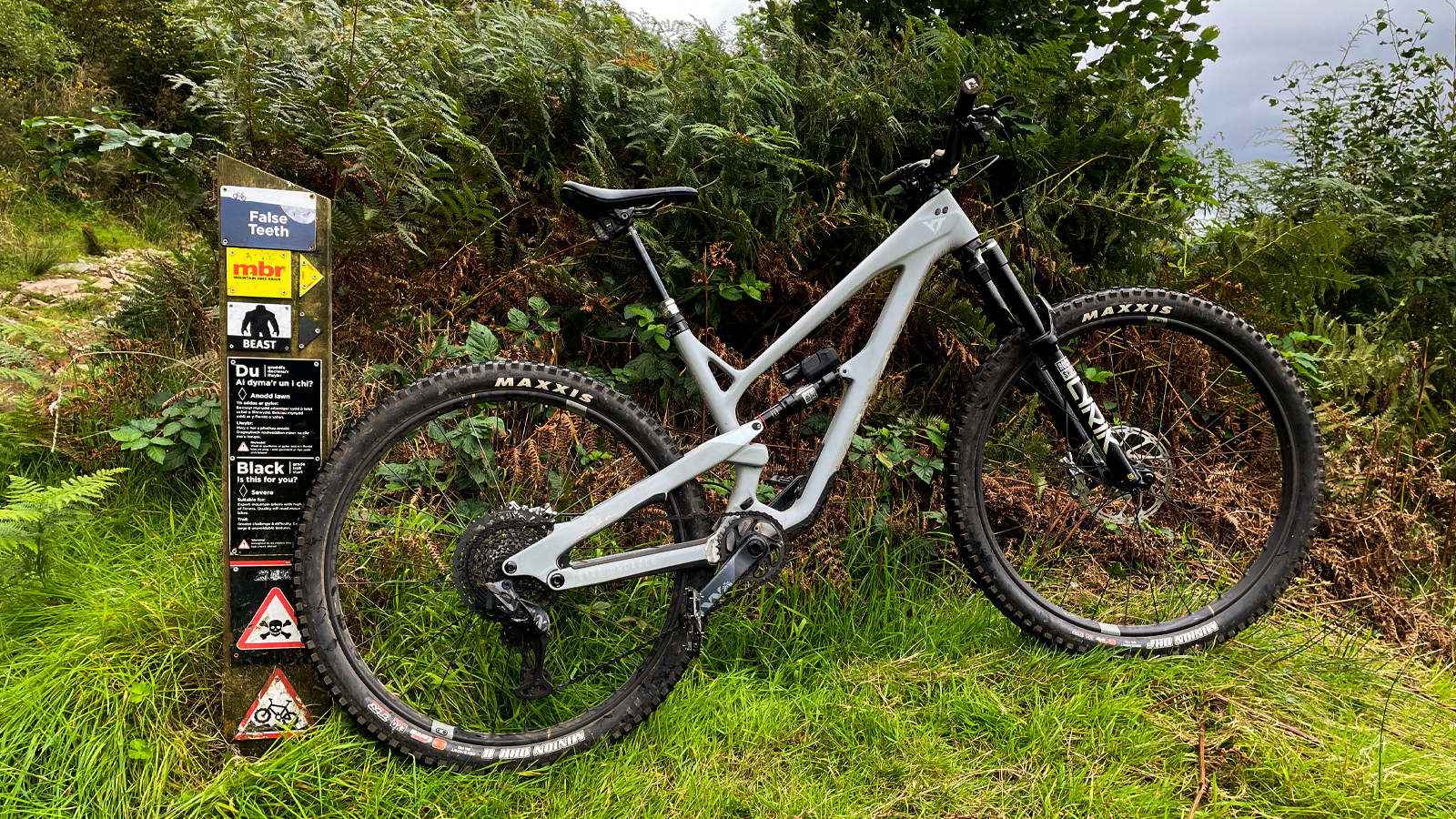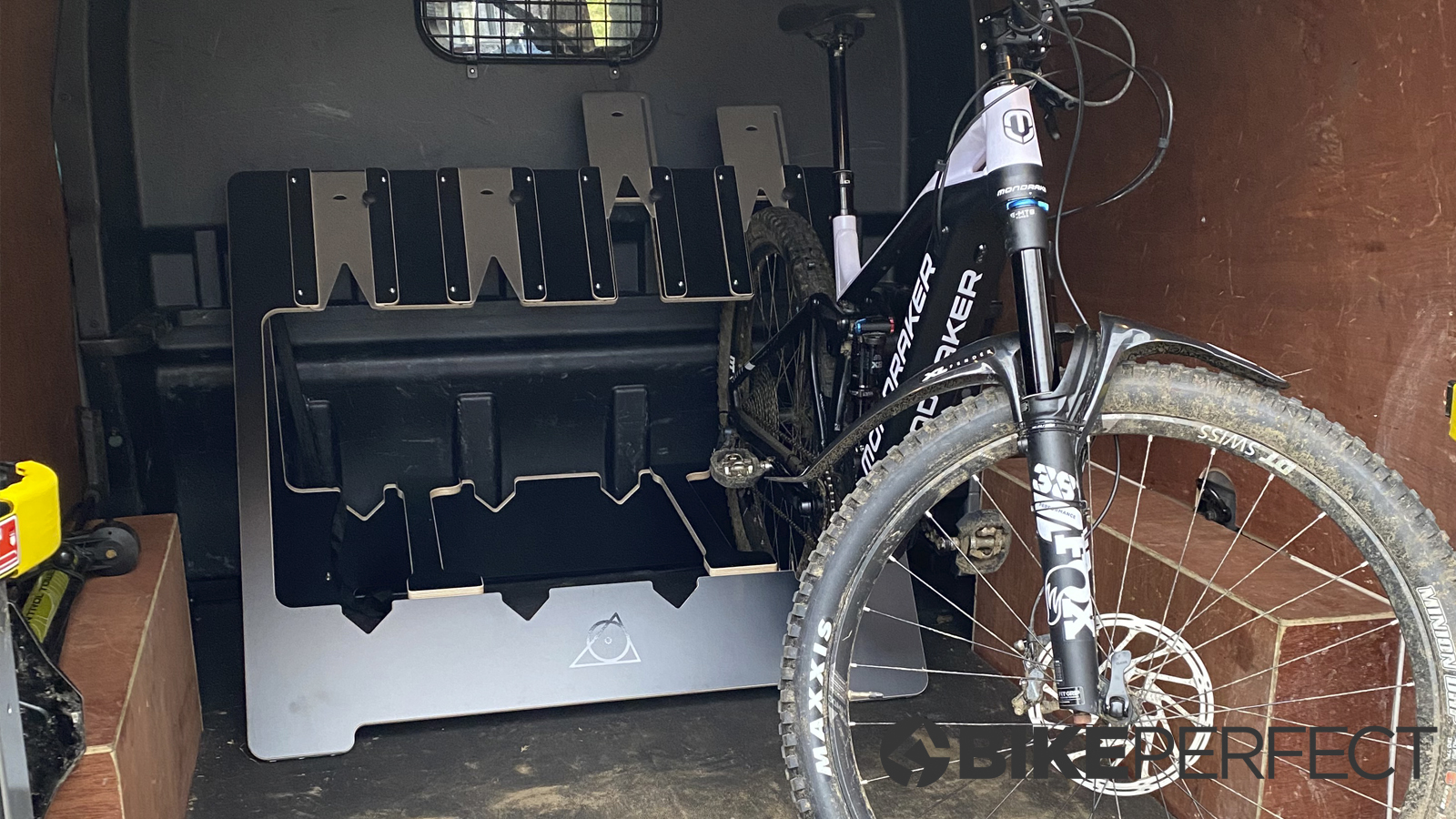Bespoken Word – accidental game changers
Accidents are an accepted part of mountain biking, but accidental success has also played a big part in some key developments we now take for granted. Guy Kesteven tells the stories of a few happy incidents that changed our world and created some of our most famous brands

We’ve all got personal stories about how things that went wrong turned out great. Wrong turnings on trails that opened up a whole new section of riding. Missed meetups with friends that led to you riding with other people who are now your go to WhatsApp wingmen. A slowly deflating tire that made you realize how much better your bike felt at lower pressures. But beyond the trivial and personal there’s a much bigger part of mountain biking that’s been mostly accidental in its creation.
The original rise of the Klunker in California was a happy accident. There’s a whole parade of original ‘mountain bikers’ contenders from black and white pictures of kids jumping out of bomb holes in Paris, youths racing bikes between Dutch motocross events or individual ‘Scrambler/Woodsie/Ruff Stuff' lash ups from Lancashire to Wisconsin or even the Cupertino boys who may or may not have been riding geared Klunkers in SoCal before the Larkspur Canyon gang in NorCal Marin County. Something about the group racing down Mt Tamalpais on converted beach cruisers caught the attention of local TV news crews and then the wider imagination and saw Gary Fisher, Lawwill, Univega and Specialized bikes become the original mountain biking gene pool.
Not every country is blessed with the riding conditions of the Bay Area though and it was Dafydd Davis and a couple of pals – Goggs and Sam – trying to create more predictable local riding that created the UK trail center boom. The fact that Dafydd was the recreation ranger for Coed-y-Brenin forest was a big help when it came to having somewhere to play, but it still was exhausting work carving trails and laying boulder paths through otherwise impassable swamps and thick forestry.
It still might have stayed a personal play area had the local cafe owners Sian and Dafydd Roberts not known other people in the industry through their racing careers. And it was a tip off from them that made three of us from the recently launched MBR magazine divert towards North Wales when a planned photo trip to the Falklands fell through just before take off. Having trails that were not only rideable in all weathers but made every meter fun was a game changer compared to slogging over moors, fighting for space with ramblers or slopping about in muddy woods. Sian managed to secure Red Bull sponsorship for the original trail, then MBR pitched in some money for the development of the second and soon it seemed like every forest across Wales, then Scotland and England was starting to sprout man made trails. “Not bad for a bunch of old ravers” as Dafydd used to say.

Going back to mountain bike origins, there’s a multi-gear off-road mongrel from mid last century displayed proudly on the wall in one of the corridors at Hope Technology. The legendary Lancashire MTB component makers who currently make my favorite brakes and a beautiful carbon fiber enduro bomber in their high tech Barnoldswick mill. Hope only came into being when the two Weatherill brothers Ian and Alan and their pal Simon Sharpe were sick of the useless rim brakes on the mountain bikes they were using for fitness training while competing in motorbike trials in the late 1980s. Unable to find a bike version of the disc brakes that worked so well on their trials bikes, they decided to make their own. Not only did bike frames and forks lack mounts for the brakes though, but there was no way to fix the rotors to the wheels. But as the three lads were also Rolls Royce engineers the answer was simple. They’d make their own hubs to go with the brakes they’d made and soon Hope brakes were being used by the entire top ten at most Downhill World Cup races.
Talking of hubs, Chris King have been the gold standard of most things involving bearings for decades, but that’s another brand start story that’s entirely accidental. Legend has it that Chris found the ultra high quality bearings he used in his first headset in the dumpster of a company that made top end medical machinery. He machined some equally high quality cups to work with a bike frame and suddenly your steering didn’t grind to a rusty pitted halt in a few months – providing you had the money to invest in one of his signature anodized colored setups.
While they’ve largely retreated back to the snow fields that birthed them, Fat bikes pillowed forth for the first time after some enterprising ski-phobe welded two rims together to create a double tire set up so he could ride his bike across the powder instead. Lightweight alloy rims for mountain bikes first appeared when Keith Bontrager cut a segment out of Mavic road rims and re-welded them to 26er size.
Chris Porter from Geometron started making custom short offset crowns for his own forks well before larger brands. One of our favorite current products – the Bikestow rack – started as a one-off homemade lash up made by two brothers. The basic design was developed by one of their sons as a sixth form technology project then a few more made for friends, led to a small stand at the Cycle Show and now the whole family helps make these brilliant best selling van, home or workshop bike holders. The list goes on with folks like Gnartec chin mounts for GoPros, Stashed bike hanging systems, 76Projects 3D printing, Carbon Wasp handlebars and frames, Big Bobble Hats becoming a World Cup cyclo cross sponsor, Spatz overshoes and gloves being adopted by Mathieu Van Der Poel and Team Alpecin and so on.

Even now, tiny start up success doesn’t just extend to small family businesses. Roman Arnold started selling bike parts from a small trailer to help cover costs when he took his son racing. Now he’s head of online uber bike brand Canyon. Global electrical goods megacorp Bosch freely admit that they nearly didn’t bother pursuing an internal project to modify power steering or windscreen wiper motors (I forget which) so that they could power e-bikes. Fast forward to just a few years and they’re now the biggest player in the fastest growing, most lucrative segment of cycling and another great example of a game changer that almost didn’t happen.
And with crowdfunding schemes now increasingly common in start up stories everywhere from manufacturing to media, the good news is that I think this kind of acorn to oak tree growth story is hopefully going to get more common, rather than less, in the future. So I guess the moral of this story is, if you’ve got an idea that you think might work, don’t presume you won’t get anywhere if you’re not a world dominating brand already. Give it your best shot and you might end up being the latest example of an upstart that did something really revolutionary.

Guy Kesteven has been working on Bike Perfect since its launch in 2019. He started writing and testing for bike mags in 1996. Since then he’s written several million words about several thousand test bikes and a ridiculous amount of riding gear. He’s also penned a handful of bike-related books and he reviews MTBs over on YouTube.
Current rides: Cervelo ZFS-5, Specialized Chisel, custom Nicolai enduro tandem, Landescape/Swallow custom gravel tandem
Height: 180cm
Weight: 69kg
